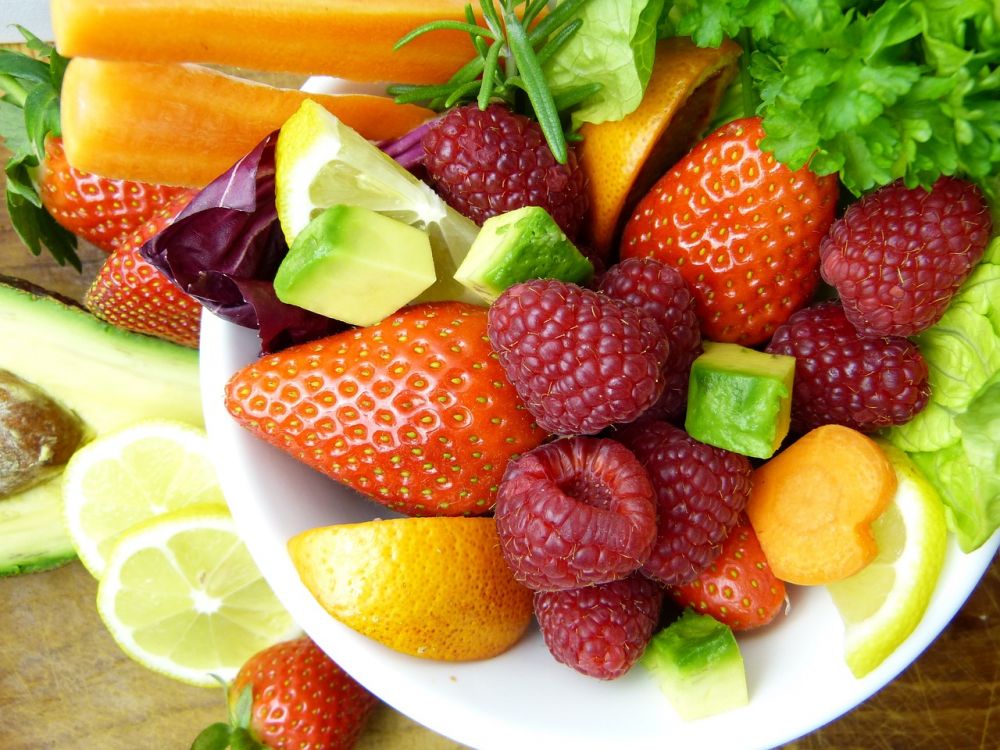Diabetes Opskrifter: Gaining Control of Your Health through Nutritious Delights

Introduction
In recent years, diabetes has become a prevalent health issue affecting millions of people worldwide. For those managing diabetes, a crucial aspect of their daily routine is maintaining a balanced diet. Diabetes recipes, specifically tailored to control blood sugar levels, play a pivotal role in promoting a healthy lifestyle. In this article, we will explore the importance of diabetes recipes, their evolution over time, and provide valuable insights into creating meals that support blood sugar management.
Understanding Diabetes Recipes

Diabetes recipes are specially designed meals that emphasize healthy and balanced nutrition, aiming to maintain stable blood sugar levels. These recipes primarily focus on ingredients low in carbohydrates and high in fiber, while maintaining a moderate intake of proteins and healthy fats. By following these recipes, individuals with diabetes can improve their overall well-being, manage their weight, and minimize the risk of complications associated with the condition.
Creating a Diabetic-Friendly Diet
1. Portion Control:
Controlling portion sizes is essential for stabilizing blood sugar levels. It is recommended to divide the plate into quarters, with one-quarter dedicated to lean proteins, another quarter to whole grains, and the remaining half filled with non-starchy vegetables. This practice ensures a balanced intake of nutrients.
2. Complex Carbohydrates:
Choosing complex carbohydrates over simple ones aids in sustaining steady blood sugar levels. Whole grains, legumes, and vegetables like sweet potatoes and quinoa offer a wealth of essential nutrients, and their slow digestion prevents abrupt spikes in blood sugar.
3. Healthy Fats:
Incorporating healthy fats, such as avocados, nuts, and olive oil, can assist in managing blood sugar levels. These fats, full of monounsaturated and polyunsaturated fatty acids, are beneficial for heart health and promote satiety.
4. Mindful Snacking:
Snacking between meals is common, but it’s crucial to make wise choices. Opt for snacks with a low glycemic index, like almonds or Greek yogurt, as they release sugar into the bloodstream more gradually, helping to maintain stability.
Evolution of Diabetes Recipes
Historically, diabetes recipes have undergone significant transformations in response to growing knowledge about the disease and developments in food science. Initially, diabetes-specific diets classified specific foods as “safe” or “forbidden.” However, dietary guidelines have evolved, with a broader understanding that balance, portion control, and regular monitoring are key elements in managing diabetes.
In the mid-20th century, the American Diabetes Association (ADA) introduced “exchange lists” where foods with similar nutrient content were grouped together. This system enabled individuals to substitute one food for another within the same group, allowing for dietary flexibility while maintaining blood sugar stability.
As technology advanced, recipes began incorporating artificial sweeteners as alternatives to sugar. However, recent shifts focus on using natural sweeteners such as stevia or agave syrup, reducing reliance on chemicals and providing additional health benefits.
As we entered the digital age, online platforms and mobile apps now offer an extensive collection of diabetes recipes. These resources enable individuals to tailor their meals, track nutrient intake, and access support networks for further assistance.
Conclusion
Diabetes recipes have evolved significantly, promoting a healthier and more balanced approach to managing the condition. By incorporating the principles of portion control, complex carbohydrates, healthy fats, and mindful snacking, individuals with diabetes can create and enjoy meals that support stable blood sugar levels while remaining delicious and appetizing.
Through this journey of culinary adaptation, we can embrace the empowering notion that managing diabetes does not equate to sacrificing the joy of eating. With a mindset of balance and utilizing innovative recipes and resources, individuals can regain control of their health and savor the pleasures of nutritious culinary delights.

















